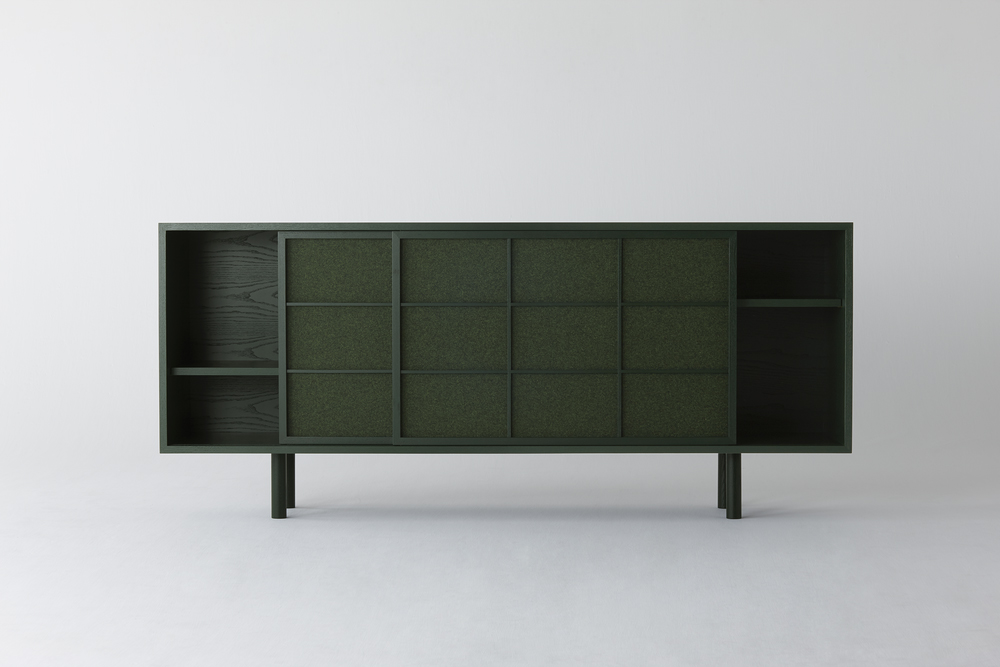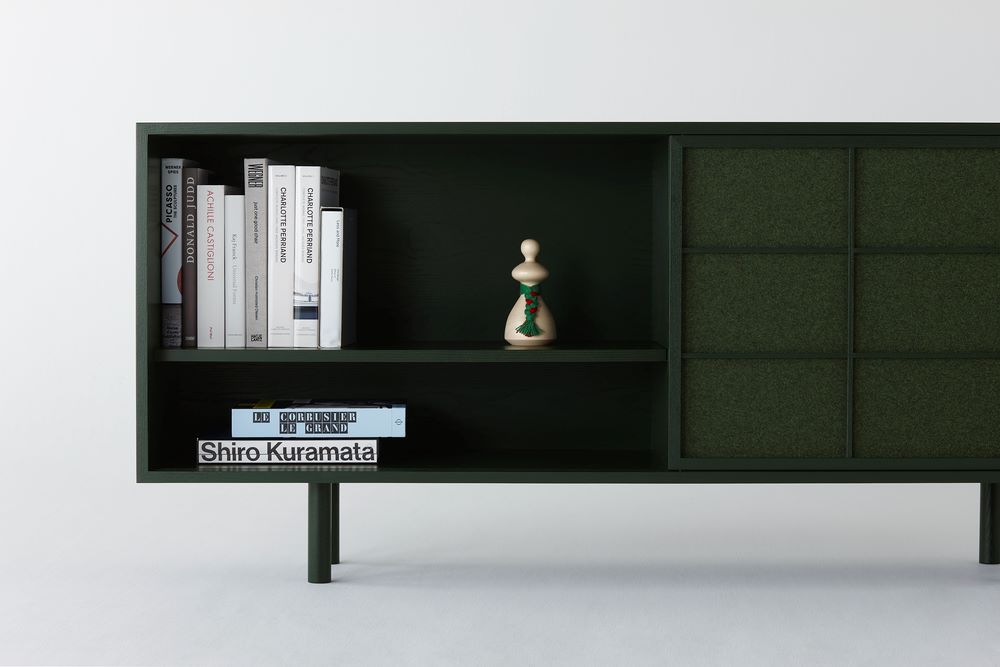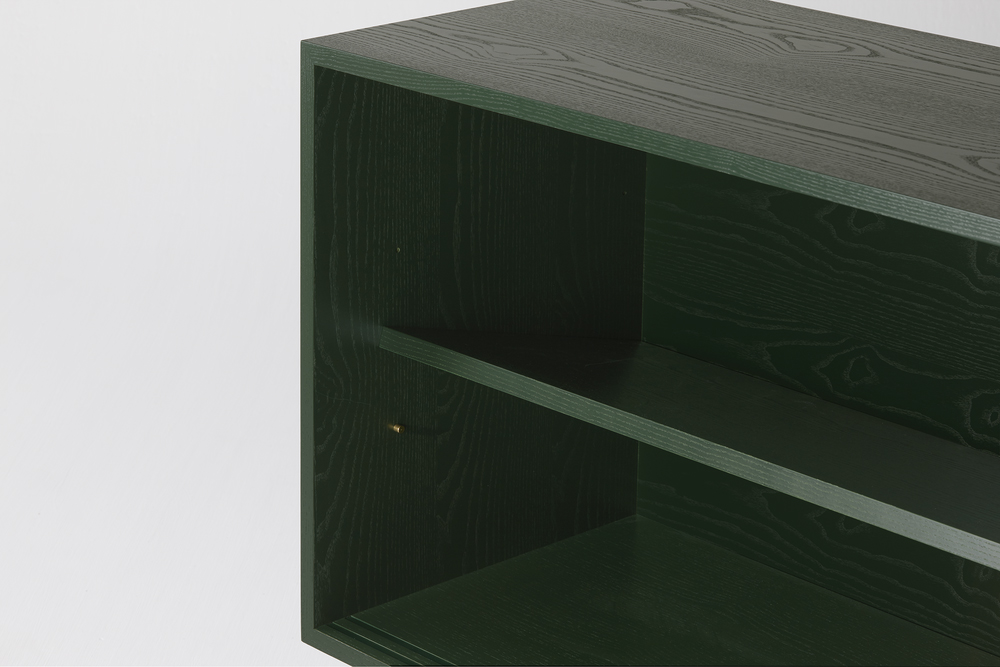Daisuku Itakawa ( Design for Industry):
‘ We always think about newness, beauty, and comfortable use, and we devote ourselves to creating things with meticulous attention to detail, in close collaboration with all of the people who conceive, make, and sell them. We pour great care into designing things that will embody a shared achievement and will be completely satisfying for the long term. ‘
Cabinets are generally placed against the wall, so we almost face them from the front when we look at and use them. Since they are designed to be placed this way, their doors and handles leave the greatest impression. The handles are of particular importance in their design, and are often the most characteristic feature of the product.
However, our idea was to make an even simpler, unassertive design that blends in with its surroundings; a design without an obvious handhold. This led us to the shoji, a part of traditional Japanese architecture. Shojis are translucent sliding doors constructed from a frame of thin wood pieces fitted together in a rectangular grid on which Japanese paper is glued. Often, they have a place where you can put your hand to open them, but since they have a grid construction, any part can be used as a handle, so a lot of them are made without any particular handhold. While the regularly arranged grid is their structure, it also functions as a handle, as well as its design. Implementing this shoji grid, we achieved a simple yet functional door. Replacing the Japanese paper with a textile gives gentleness to a sharp design that easily blends with your interior. The shelves are moveable, so they can be arranged to suit what is being stored.
The result is a new style of cabinet that is functional and blends in.
http://www.designforindustry.jp/




